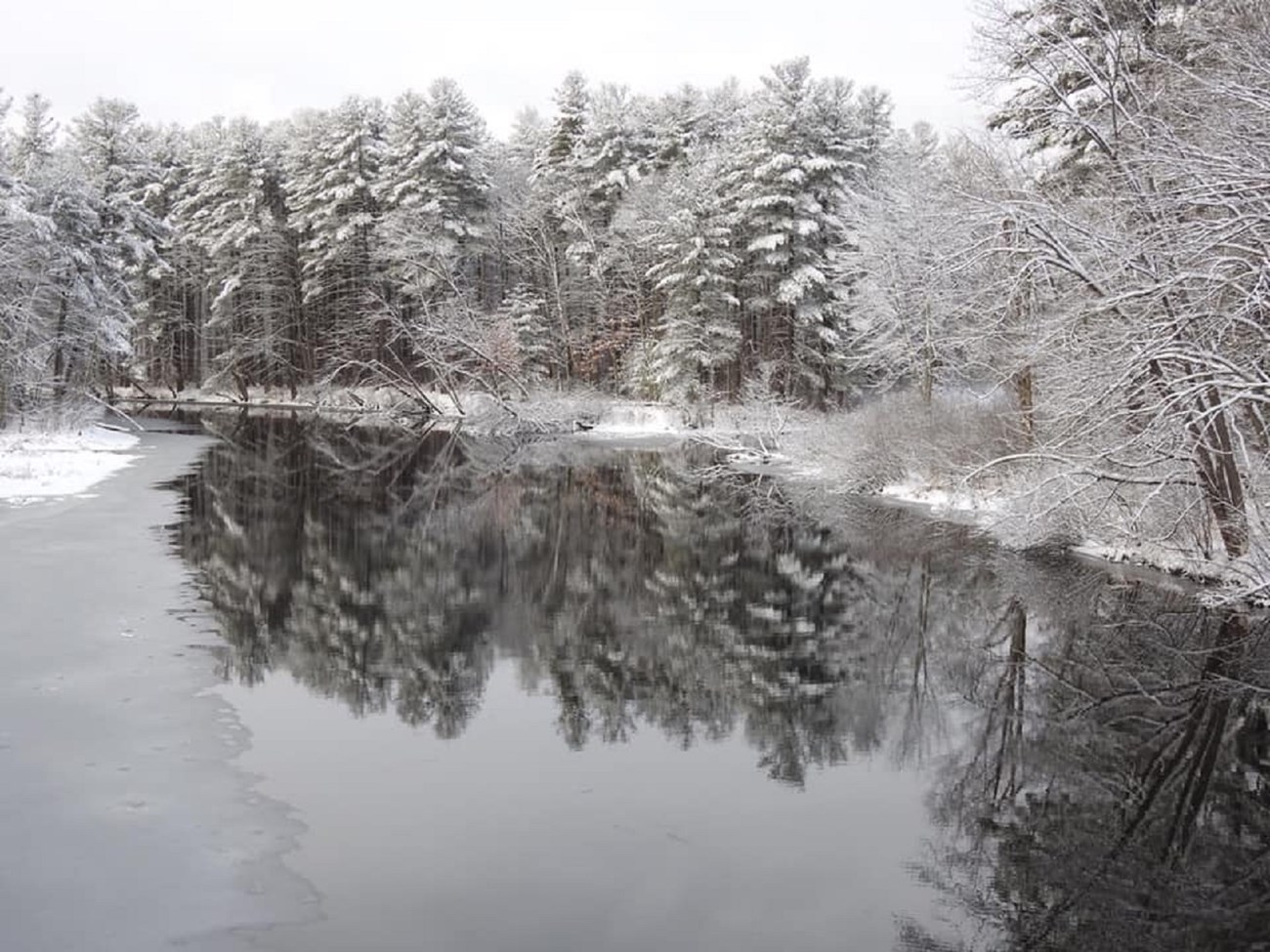Last updated: March 17, 2021
Article
Water Quality | A Look at the Water Quality of the Nashua, Squannacook, and Nissitissit Rivers, MA/NH
Over the past five decades, the Nashua River Watershed Association (NRWA) has worked to protect water quality through conservation, engagement, and scientific monitoring. As of 2020, the NRWA’s water monitoring program had been ongoing for the past twenty-eight seasons and supported through dedicated volunteers who sample from April through October. The data is then used to create the River Report Card. There are a total of 44 sites that are used for water quality monitoring data within the Nashua River watershed, and these sites are tested for components such as bacteria, dissolved oxygen, conductivity, phosphorus, nitrogen, and sediment. Some of the major pollutants that threaten the Nashua watershed’s water quality stem from stormwater running into the streams.

|
Wild and Scenic River |
Reporting Cycle |
Miles by Water Quality Classification |
Listed Impairments |
|
Nashua, Squannacook, and Nissitissit Rivers |
2016 |
Good: 3.3 |
Benthic Macroinvertebrates; Biological Indicators; Lack of Coldwater Assemblage; Non-Native Aquatic Plants; Temperature; Phosphorus, Total; Nutrient/Eutrophication; Escherichia coli; Sediment Bioassay (Acute Toxicity, Freshwater); pH; Mercury |
Wild and Scenic Rivers, like all rivers, are protected under the Clean Water Act, which requires states to establish water quality standards for waters within their jurisdiction. Every two years, states are required to report whether these standards are being met. In 2018, NPS compiled information from the most recent state assessments to identify the water quality status of all designated Wild and Scenic Rivers. Based on the information available at the time, NPS determined that roughly 44% of all Wild and Scenic River miles did not meet their water quality standards, with temperature, mercury, and metals being the most common causes of impairment. Want to learn more about Wild and Scenic River water quality? Read the full report found on the rivers.gov website here.
